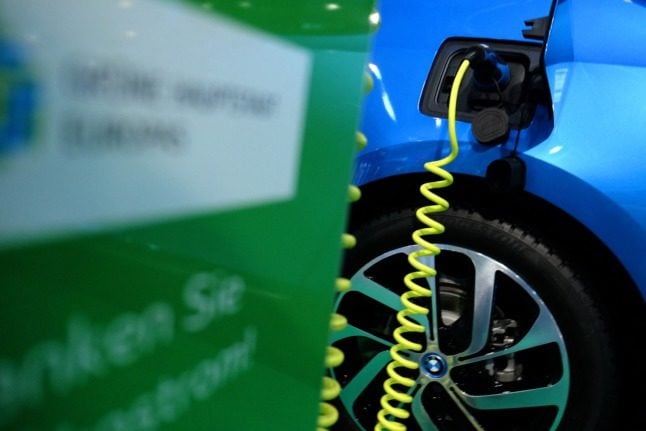In 2021, 64.5 percent of all new cars registered in Norway were EVs, or electric vehicles, the highest proportion of battery-powered vehicles being sold in the world.
The Scandinavian country has even set itself the lofty goal of having all new cars sold by 2025 be zero-emissions vehicles, meaning they are powered by either electric or hydrogen.
READ MORE: Electric Vehicles made up majority of new car sales in Norway in 2021
Why are electric cars so popular in Norway?
Aside from offering an option to motorists concerned about their emissions, buying an electric car comes with several benefits.
Most of the benefits are financial incentives designed to make choosing an electric vehicle over a combustion engine car more feasible.
For example, there are no purchase or import taxes on electric cars, and they are currently exempt from VAT, EV owners also pay no CO2 or weight tax and pay reduced ferry fares.
The financial incentives to encourage people to opt for zero-emission vehicles mean that many EV models are cheaper to buy than their petrol counterparts. For example, it is cheaper for somebody to opt for an electric Volkswagen Golf over the equivalent petrol engine model, despite the electric Golf costing just under 11,000 euros more to import, according to electric motoring site elbil.no.
Another reason electric cars are so popular is the vast abundance of renewable energy. For example, hydropower provides 98 percent of all electricity in Norway. This helps to keep energy prices, and as a result charging prices, low.
What you should know if you are considering buying an electric car
One of the first things you will ponder when considering whether to take the plunge and opt for an EV is what the charging infrastructure is like.
More than 16,000 chargers are dotted around the country, including more than 3,300 fast chargers. This means there’s no need to be anxious about the range, as even in northern Norway, you can get about in an EV reasonably easily.
The best way to find a charging station is to check a map provided by ladestasjoner.no. To access the charging stations, you will need to sign up with the various providers in advance. There are around ten major providers.
You will also need to consider whether the range offered by the car is suitable for your day-to-day needs, regardless of the country’s charging infrastructure.
However, it isn’t all straightforward, and buying an electric car is becoming more expensive. If you purchase a used electric vehicle, you will need to pay a registration fee. You can check out the rates (in Norwegian) here.
In addition, from March 2022, the lower motor insurance fee for electric cars will be axed, meaning motorists will have to pay 2,975 a year in fees to insure their cars.
It is also unclear whether the VAT exemption will be retained into 2023 yet.
Another factor to consider is that electric cars suffer from range loss when the temperatures dip below freezing. Losing range on your battery could mean more charging stops and longer journey times.
Given Norway’s climate, this means that the range during winter will be consistently lower than during the more temperate months of the year.
However, it’s worth pointing out that all vehicles are less energy-efficient in cold weather.
When it comes to running costs, the (Information Council for Road Traffic) has found that, overall, maintaining and owning an electric car is better for your bank account than a traditional petrol or diesel engine vehicle.



 Please whitelist us to continue reading.
Please whitelist us to continue reading.
Member comments